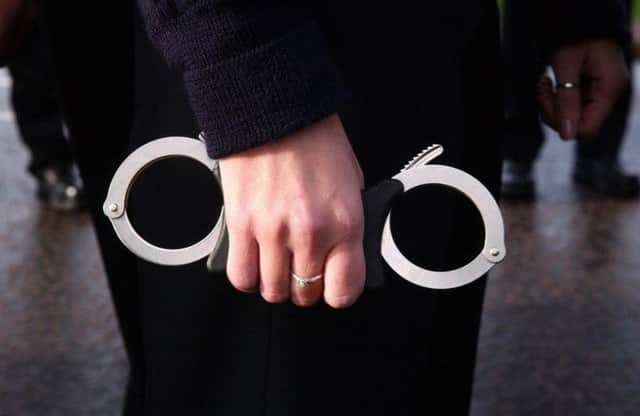Chris Marshall: More to crime stats than meets the eye


According to the figures, the capital saw a 14 per cent rise in recorded crime in 2013-14, compared with a 1 per cent fall across the country as a whole.
But far from the city becoming a sort of crime-ridden no-go area, the figures had been driven by a rise in break-ins, particularly from garden sheds.
Advertisement
Hide AdAdvertisement
Hide AdThe fact that the regular disappearance of expensive road bikes and the like can so badly skew a city’s crime figures, suggests that, at the least, we should be careful about attaching too much significance to the data.
The Scottish Government press release which accompanied the statistics boasted of a recorded crime rate which is now at a 40-year low.
But what does this mean? According to the figures, the total number of crimes recorded by police in 2013-14 was 270,397 – the lowest level since 1974.
CONNECT WITH THE SCOTSMAN
• Subscribe to our daily newsletter (requires registration) and get the latest news, sport and business headlines delivered to your inbox every morning
However, police tactics have undoubtedly changed in those decades. The way crimes are recorded has changed, not to mention the definition of what is and what is not a crime. All this makes it questionable whether stats from the present day can be compared with those gathered in the 1970s.
Perhaps more worrying is the fact that 501,281 “offences” were not counted at all in this year’s annual crime total.
Due to their definition as an “offence” rather than a “crime”, thousands of incidents including assaults and breaches of the peace were not added to the overall crime total.
The figures also show that crime rates – and detection rates – vary dramatically across the country.
Advertisement
Hide AdAdvertisement
Hide AdCrime was also up in Midlothian (8 per cent); West Lothian (5 per cent); East Lothian (5 per cent) and the Borders (1 per cent), all of which were previously covered by Lothian and Borders Police.
There were also rises in Fife (6 per cent); Angus (5 per cent); Inverclyde (3 per cent); Dundee (3 per cent) and Renfrewshire (1 per cent).
While crime overall is supposedly on a downward trend, there has been a 12 per cent rise in sexual crimes – though around half the increase is due to historical offences surfacing.
All of which gives the distinct impression that the statistics are an important tool for monitoring crime levels, but nothing more.
They should not be used to prop up controversial decisions taken by politicians.
In his final days in office as justice secretary, Kenny MacAskill was never slow to mention recorded crime’s 40-year trough when defending everything from armed police to stop and search.
Analysis of this year’s figures show it’s more complicated than that.
SCOTSMAN TABLET AND IPHONE APPS